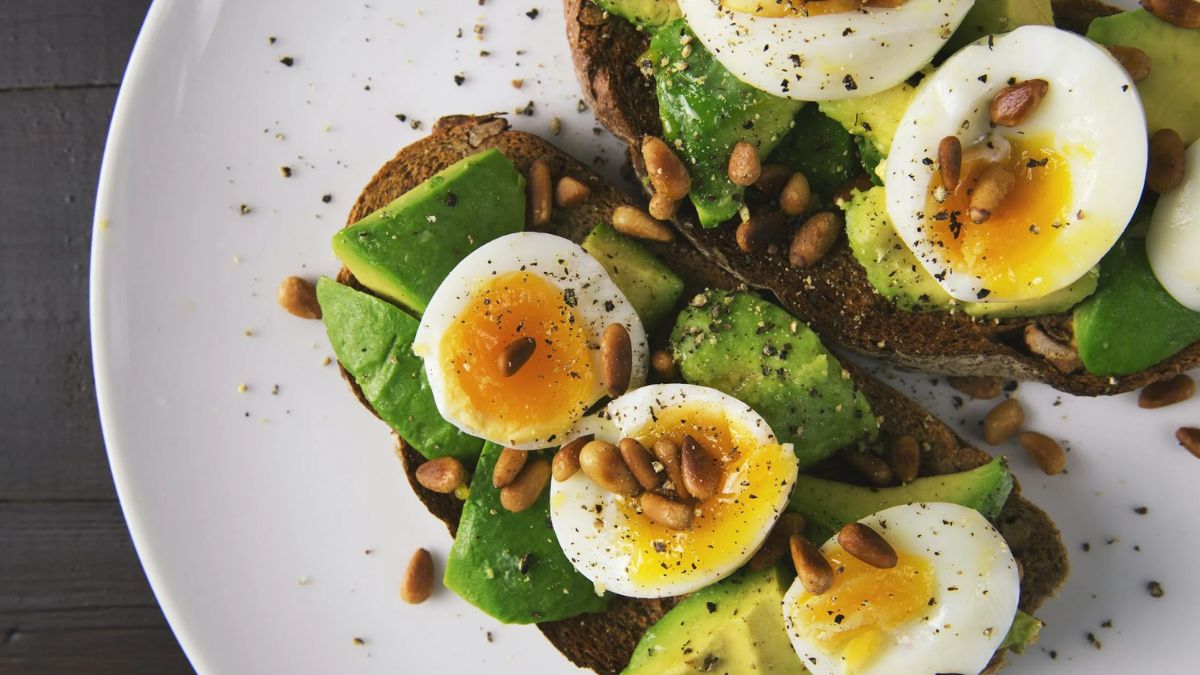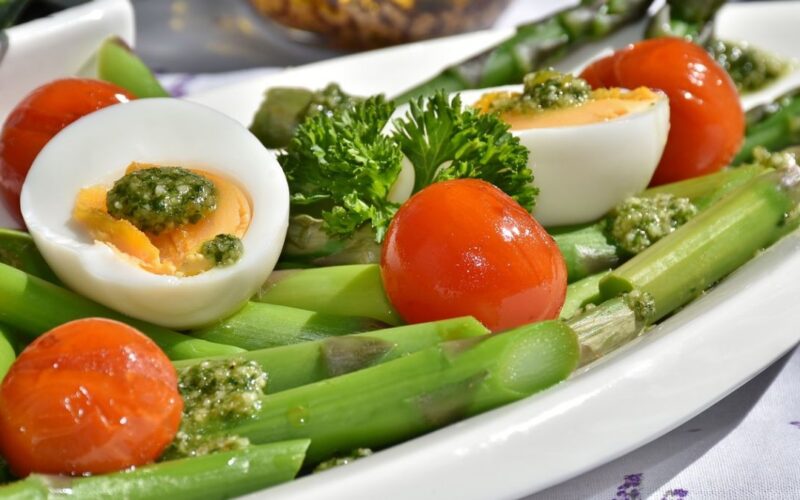The humble egg, a breakfast staple and culinary workhorse, is much more than just a source of protein. From its remarkable biological formation to its historical and cultural significance, eggs hold a treasure trove of fascinating facts. Dive into this article to discover ten incredible things you (probably) didn’t know about eggs.
01: A Marvel of Avian Anatomy
The formation of an egg within a hen is a marvel of avian anatomy. It all starts in the ovary, where a yolk, the part rich in fat and protein, is formed. The yolk then travels down the oviduct, a muscular tube, where the albumen, commonly known as the egg white, is deposited layer by layer. This white viscous liquid provides protection and nourishment for the developing embryo. As the egg travels further, the shell membrane, chalazae (those twisty white strands that hold the yolk in place), and finally the hard calcium carbonate shell are formed. The entire process, from yolk formation to laying, takes about 24-26 hours in chickens.
02: Not All Yolks Are Created Equal
While white and brown are the most common egg shell colors, the yolk itself can vary in hue from pale yellow to a deep orange. Contrary to a popular misconception, shell color has no bearing on nutritional value or flavor. The color of the yolk is primarily determined by the hen’s diet. Hens fed diets rich in carotenoids, pigments found in plants like carrots and marigolds, will lay eggs with yolks that are a deeper orange.

03: The Strength of an Eggshell
Despite its seemingly delicate appearance, an eggshell is a marvel of engineering. Though thin, it’s surprisingly strong, able to withstand significant pressure without breaking. This strength comes from its intricate structure. The eggshell is composed of numerous microscopic calcium carbonate crystals arranged in a complex latticework. Additionally, a protective coating, the cuticle or “bloom,” on the outside of the shell helps to prevent bacteria from entering.
04: Nature’s Perfect Multivitamin
A single large egg is a nutritional powerhouse, packed with essential vitamins, minerals, and protein. It’s a good source of complete protein, containing all nine essential amino acids that our bodies cannot synthesize on their own. Eggs are also rich in choline, a vital nutrient for brain health and development. Additionally, they boast vitamins A, D, E, B12, riboflavin, and folate, along with minerals like iron, selenium, and zinc.
05: The Versatility of Eggs in Cuisine
Eggs are incredibly versatile ingredients, used across a vast array of culinary applications. From breakfast scrambles and omelets to fluffy cakes and rich custards, their uses are seemingly endless. They act as a leavening agent in baked goods, add richness to sauces and dressings, and can even be boiled, pickled, or fried. The unique properties of egg whites and yolks allow them to be separated and used for different purposes, further expanding their culinary potential.

06: The Largest Omelet Ever Made
The incredible versatility of eggs extends beyond everyday cooking. In 1994, a team of chefs in Spain cracked a world record by creating the largest omelet ever made. This colossal dish used a staggering 31,317 eggs, along with 1,250 kilograms (2,755 pounds) of potatoes, 1,667 liters (442 gallons) of olive oil, and 136 kilograms (300 pounds) of onions. The resulting omelet weighed a whopping 4,538 kilograms (9,999 pounds)!
07: A Symbol of New Life and Renewal
Eggs have transcended their role as a food source and hold symbolic meaning across various cultures and religions. In many cultures, eggs represent fertility, new life, and renewal. They are often associated with spring and fertility festivals. For instance, in Christianity, eggs are a symbol of Easter, representing the resurrection of Jesus Christ. Decorating eggs is a popular Easter tradition practiced in many parts of the world.
08: More Than Just Chicken Eggs
While chicken eggs are the most commonly consumed worldwide, there’s a world of avian variety to explore. Duck eggs, with a richer flavor and fat content compared to chicken eggs, are popular in Chinese cuisine. Goose eggs, larger than chicken eggs and with a stronger flavor, are sed in some European pastries. Quail eggs, prized for their delicate flavor and small size, are often enjoyed as appetizers or featured in elegant dishes. Even ostrich eggs, the largest of all bird eggs, can be consumed, though due to their size, they are more commonly used for decorative purposes.

09: Surprising Egg-Related Trivia
Eggs have been a source of curiosity and even amusement throughout history. Here are some interesting tidbits:
The age-old question: Which came first, the chicken or the egg? This philosophical question has no definitive scientific answer. However, from an evolutionary standpoint, a genetic mutation likely led to the development of a bird that could lay an egg containing the characteristics of what we now call a chicken.
Egg balancing on its end on the equinox: This is a popular trick, but it’s not limited to the equinoxes. The success depends more on the egg’s shape and surface texture than the Earth’s tilt.
The “perfect” egg shape: The oval shape of an egg is not a coincidence. It allows the egg to roll in a nest, preventing it from getting stuck and ensuring even incubation.
10: A Sustainable Source of Protein
Eggs are a relatively sustainable source of animal protein compared to red meat. The hen lays one egg per day, and the production cycle is shorter than that of other livestock. As the world population grows, eggs are likely to play an increasingly important role in global food security. Technological advancements like cage-free farming and vertical farming offer opportunities for more sustainable and ethical egg production practices.
A Humble Wonder No More
The next time you crack open an egg, take a moment to appreciate its remarkable journey, from formation within the hen to its role as a culinary and cultural icon. This seemingly ordinary food item is a marvel of nature, packed with nutrition and steeped in history and symbolism. So, the next time you’re looking for a versatile, nutritious, and delicious ingredient, reach for the egg – a truly incredible wonder.










